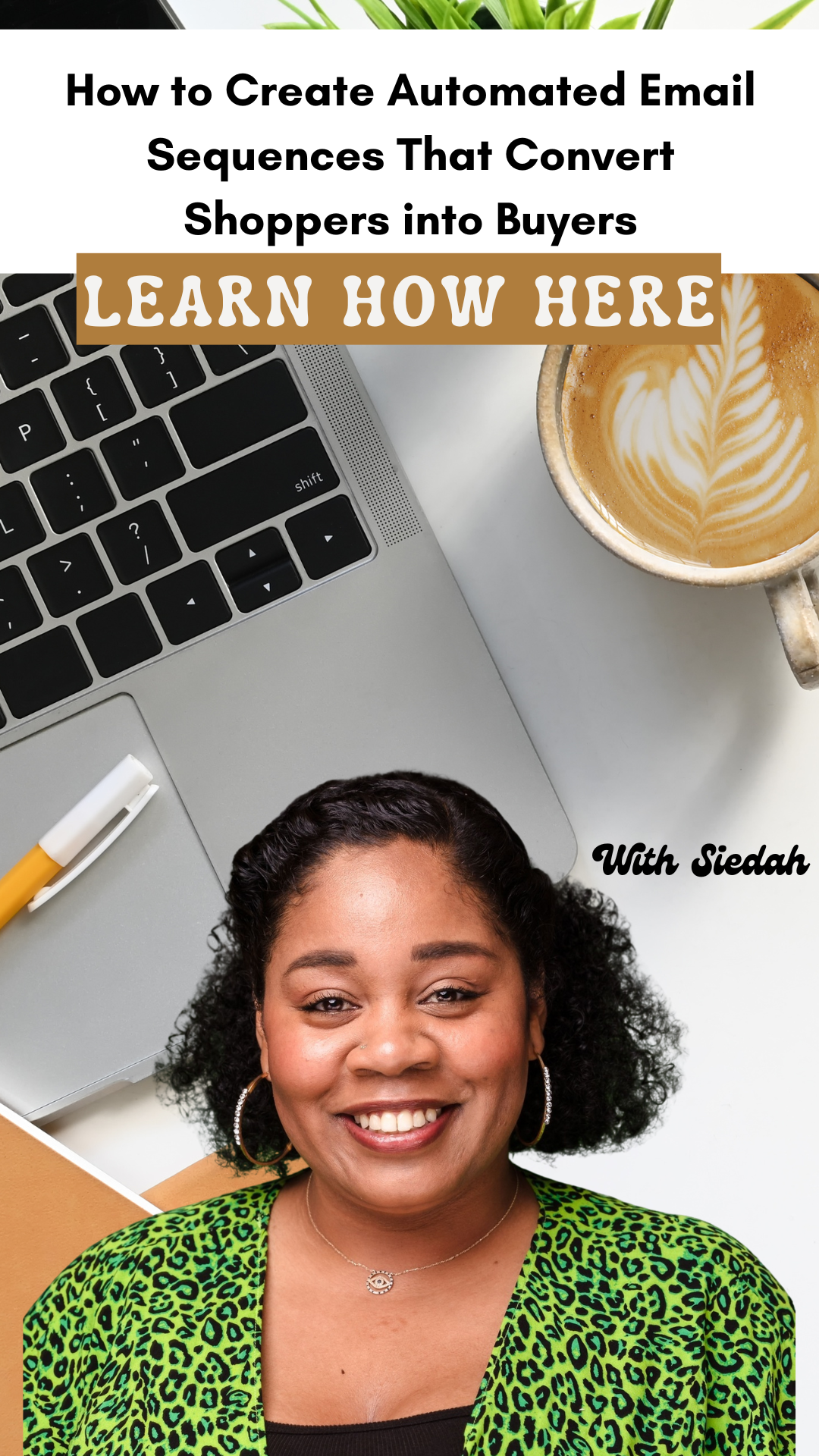
In today’s fast-paced digital marketplace, email marketing remains one of the most powerful tools for eCommerce businesses. But manually sending emails to each subscriber can be overwhelming, and that’s where automated email sequences come into play. An effective, well-planned automated email sequence can transform casual shoppers into loyal customers, driving sales while saving you time.
Here’s how to create automated email sequences that convert shoppers into buyers.
JOIN THE FREE 7-DAY EMAIL CHALLENGE – START, GROW AND LEVERAGE YOUR LIST.
1. Start with a Clear Goal
Before building your email sequence, define your primary objective. Whether it’s to boost sales, encourage abandoned cart recoveries, or build relationships, understanding your end goal will help shape your content. A common conversion goal for eCommerce businesses is to encourage a shopper to make a purchase, sign up for a membership, or complete a specific action.
An example of a goal for an automated email sequence could be:
Goal: Increase conversions by 15% over the next three months by recovering abandoned carts.
This goal is specific, measurable, and time-bound. The email sequence would be designed to re-engage shoppers who left items in their cart without purchasing. It could include reminders, product reviews, discounts, or a sense of urgency to encourage them to complete the purchase.
2. Segment Your Audience
Not all shoppers are the same. By segmenting your email list based on customer behavior, purchase history, or browsing activity, you can send targeted messages that resonate more. For example, first-time visitors should receive a different email from repeat customers. This personalization can significantly increase the likelihood of conversion.
3. Craft an Engaging Welcome Email
Your welcome email sets the tone for your entire relationship with your subscriber. This is the first email in your sequence, so make it count. Keep the tone friendly and engaging. Offer value upfront by sharing a discount code, freebie, or exclusive offer. You can also introduce your brand, share customer testimonials, and encourage the subscriber to check out your store.
Tip: Use personalization in the subject line and email body to connect with your customer.
4. Create a Value-Driven Content Sequence
Once the welcome email is sent, follow up with a series of value-driven content. Focus on educating and entertaining the subscriber rather than pushing a hard sale. For instance, if you sell skincare products, you could share tips on skincare routines or the best products for different skin types. This positions you as an expert and builds trust.
Recommended Sequence for eCommerce:
- Email 1: Welcome/Introduction + Offer (e.g., 10% off)
- Email 2: Educational Content (e.g., How-to guides or product tips)
- Email 3: Social Proof (e.g., Customer reviews or testimonials)
- Email 4: Reminder of the Offer (e.g., Time-sensitive discount)
5. Recover Abandoned Carts Automatically
One of the most effective email sequences for eCommerce businesses is the abandoned cart recovery sequence. Customers who abandon their carts are often on the fence, so a gentle nudge via email can help them make a purchase.
Send the first reminder within 24 hours, offering help or highlighting the benefits of the product they left behind. If they still haven’t checked out, follow up with another email offering a discount or showcasing customer reviews to eliminate hesitation.
Pro Tip: Use urgency by reminding them that their cart will expire soon or the product may sell out.
6. Incorporate Upsells and Cross-Sells
Email automation is also an excellent opportunity to increase the average order value through upselling and cross-selling. Once a customer has made a purchase, send follow-up emails with product recommendations based on their purchase history. For example, if a customer buys a laptop, you can suggest accessories like a laptop case or external hard drive.
Make sure your recommendations feel relevant and are not overly pushy.
7. Incentivize Future Purchases
Post-purchase follow-up emails can encourage repeat purchases, especially when paired with incentives like loyalty rewards or exclusive discounts. After a customer makes their first purchase, consider sending a thank you email with a discount code for their next order. This fosters customer retention and keeps your brand top-of-mind.
Example:
- Email 1: Thank you and order confirmation
- Email 2: Product care tips or user guide
- Email 3: Exclusive discount for their next purchase
8. Test and Optimize
Creating an automated email sequence is not a “set it and forget it” strategy. Test your subject lines, email content, timing, and call-to-action (CTA) regularly. Monitor open rates, click-through rates (CTR), and conversions to find what resonates most with your audience. By constantly optimizing your sequence, you’ll increase engagement and ultimately drive more conversions.
9. Use Eye-Catching Subject Lines
Subject lines can make or break your open rates. Make sure your subject lines are attention-grabbing, relevant, and personalized. For example, “Forgot Something? Here’s a Special Offer Just for You” is more likely to entice someone to open an email than “Reminder: Complete Your Purchase.”
Use ChatGPT to help you formulate subject lines.
10. Leverage Scarcity and Urgency
Human psychology plays a huge role in eCommerce. Incorporate urgency and scarcity in your email sequence by using time-sensitive offers or highlighting limited stock availability. This FOMO (Fear of Missing Out) tactic can push hesitant shoppers to take action more quickly.
SEO Tips for Optimizing Your Email Sequence Blog Post
To ensure your blog ranks higher on search engines, follow these best practices:
- Use Keyword-Rich Titles: Ensure your title includes keywords that potential readers might search for, like “automated email sequences” or “convert shoppers into buyers.”
- Incorporate Long-Tail Keywords: Sprinkle long-tail keywords throughout the post, such as “automated email marketing strategies” or “how to increase eCommerce conversions.”
- Add Internal Links: Link to other relevant blog posts or resources on your website to improve SEO and keep visitors engaged.
- Use High-Quality, Relevant Images: Include images that are relevant to the content and optimized for SEO by adding alt text with keywords.
Conclusion
Automated email sequences are a game-changer for eCommerce businesses looking to convert shoppers into loyal customers. By setting clear goals, segmenting your audience, and delivering value through targeted messaging, you can create an email sequence that not only increases conversions but also builds lasting relationships with your customers.
Now’s the time to take action! Set up your email automation, test your sequences, and watch your sales grow.
JOIN THE FREE 7-DAY EMAIL CHALLENGE – START, GROW AND LEVERAGE YOUR LIST.

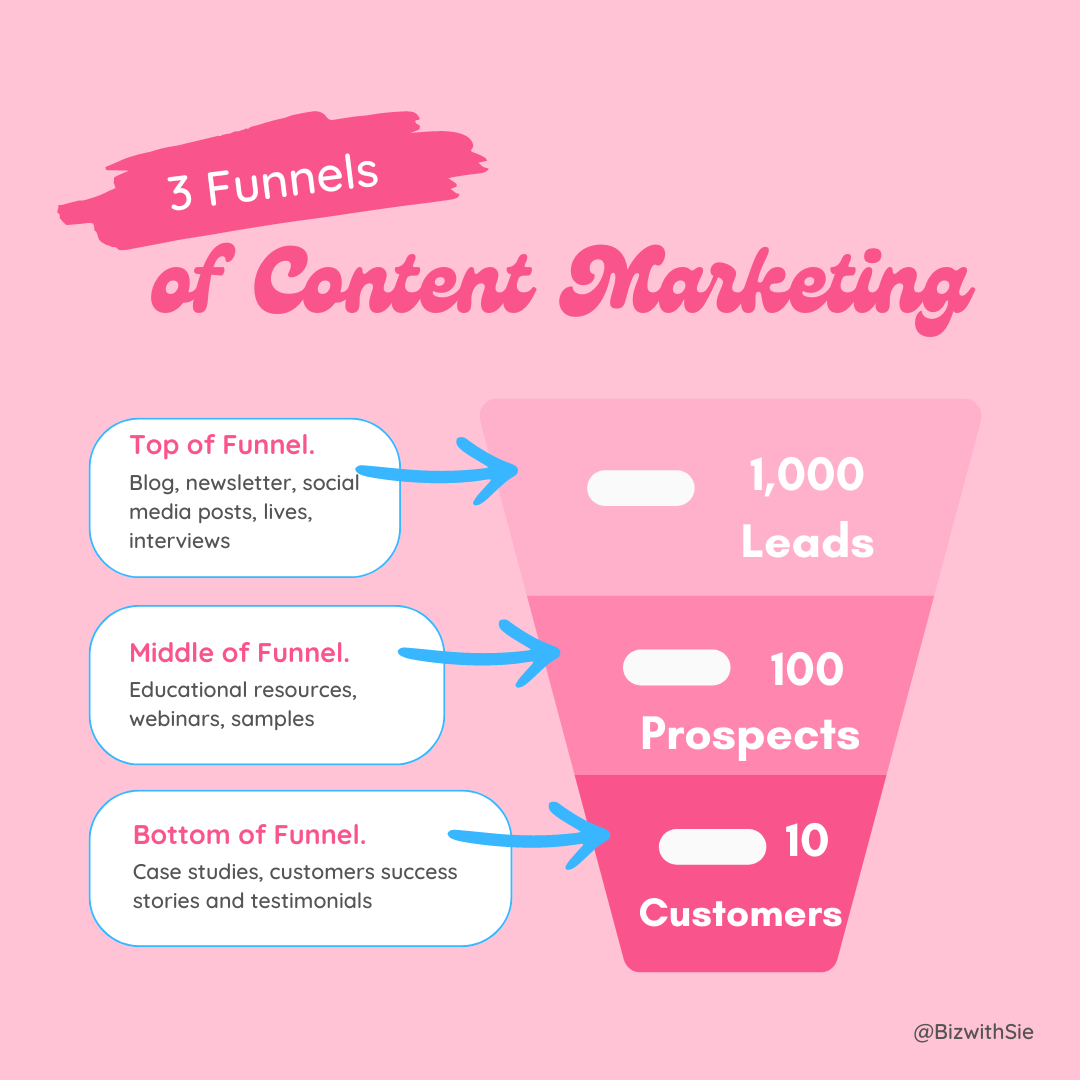
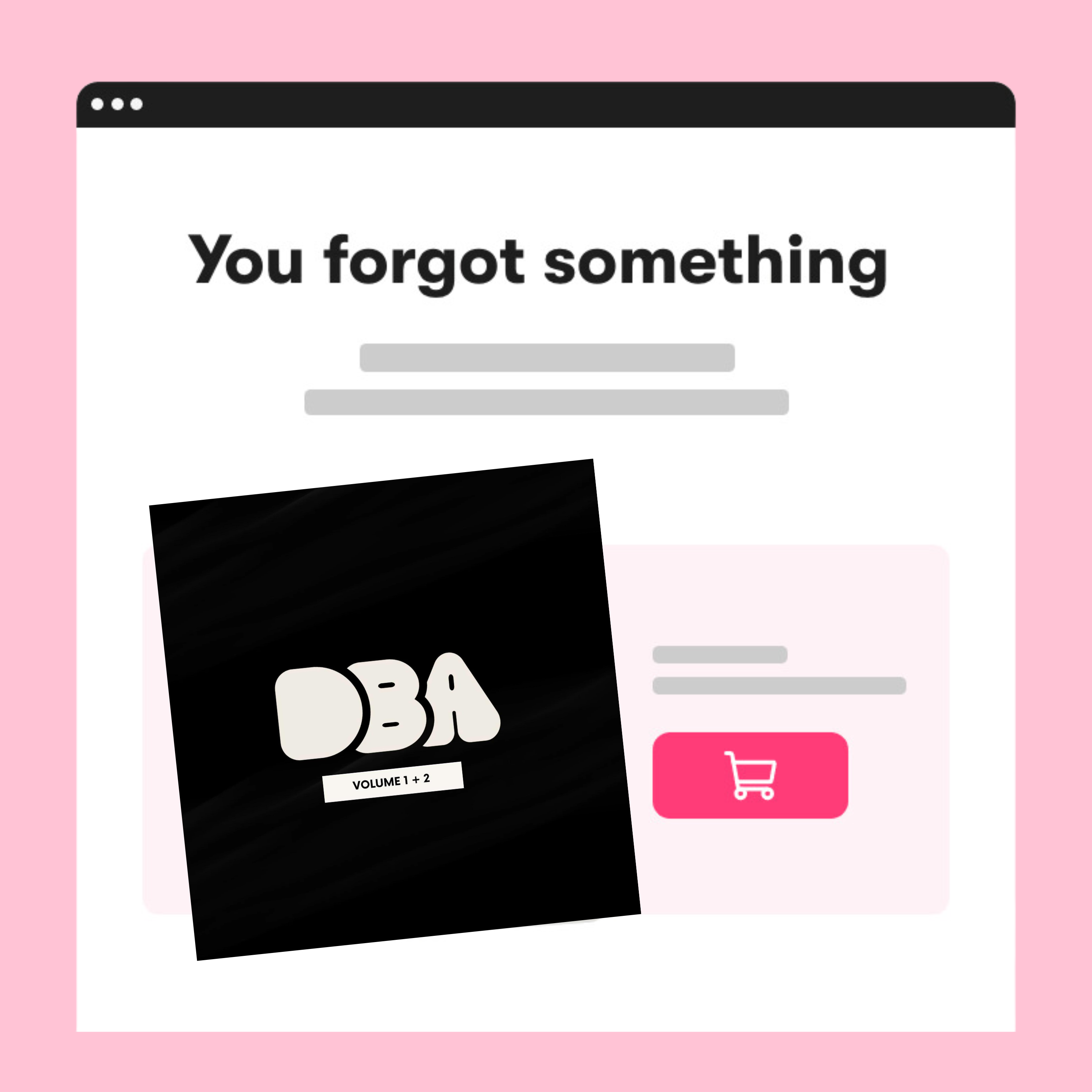
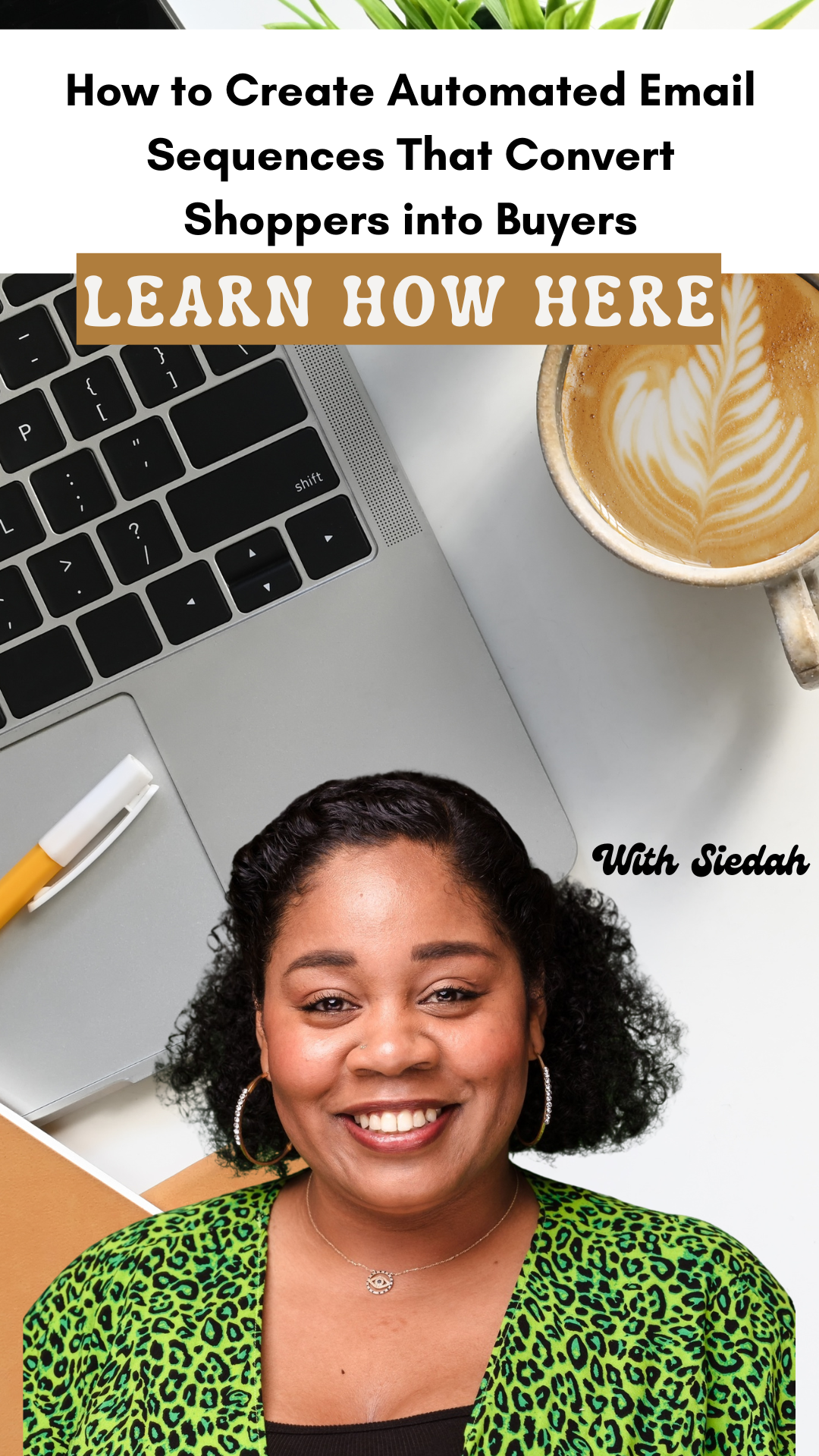
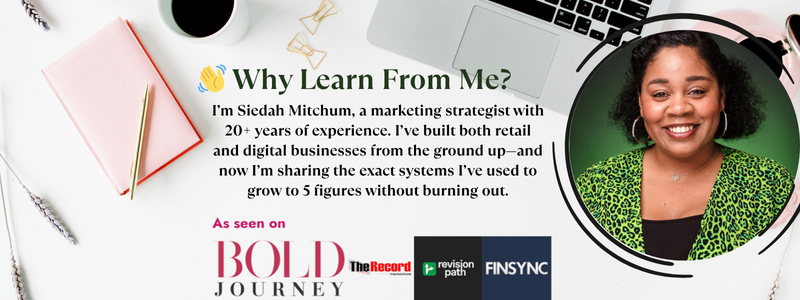

Leave a Reply